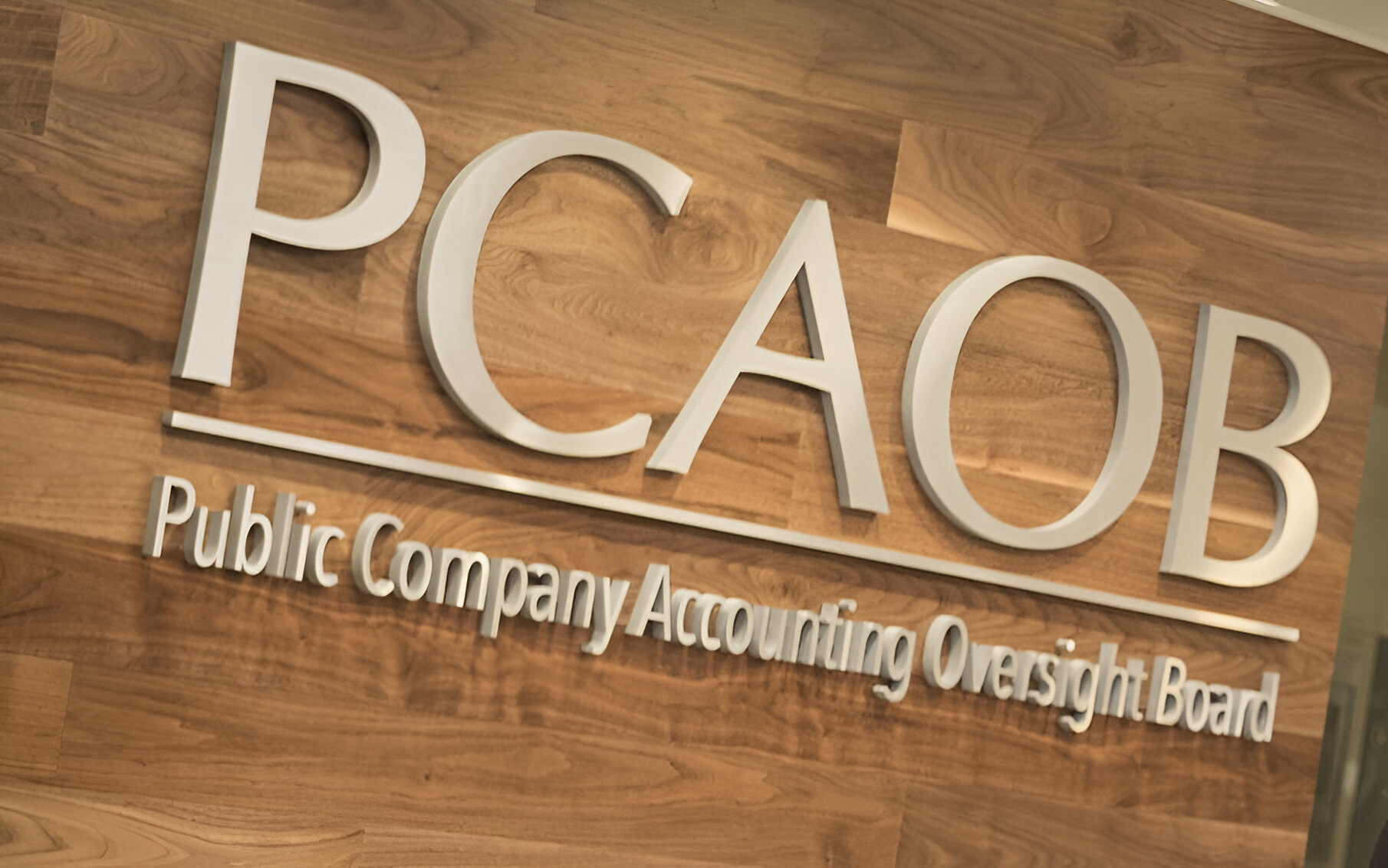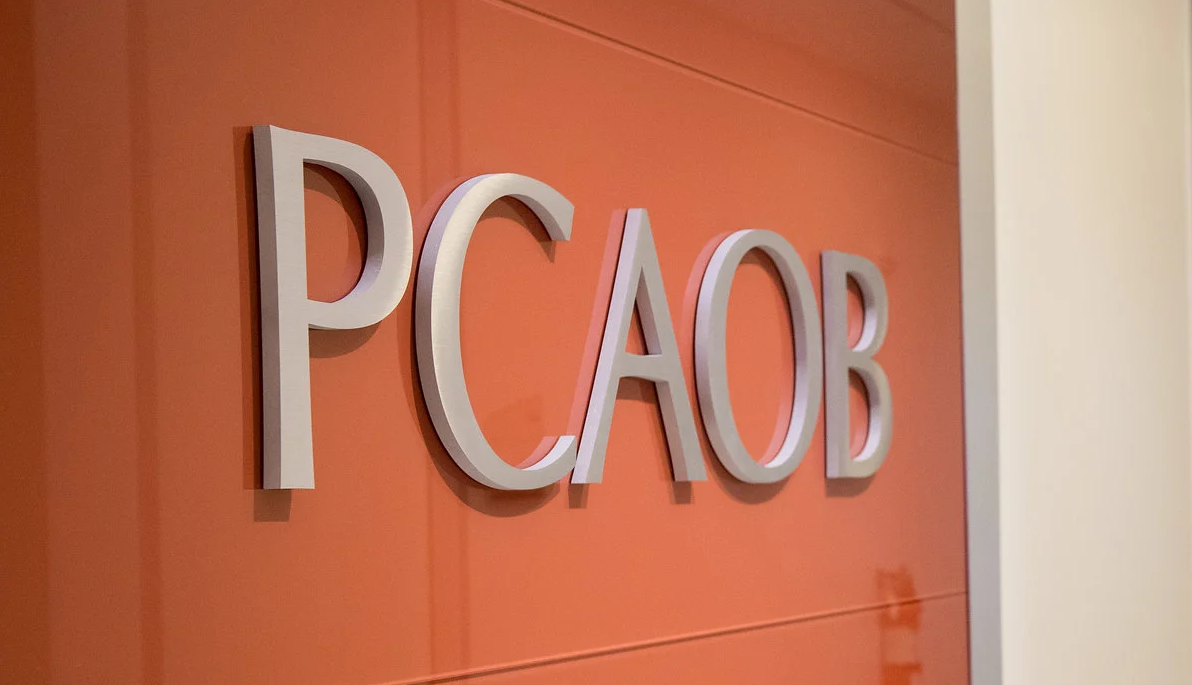By Mark Penserini.
Cash management is always important, but it’s certainly gotten a lot more attention in the past 18 months. The COVID-19 Pandemic spurred me to realize that the enterprise cash management process has a lot of room for improvement.
Amidst all the uncertainty, companies have to keep a very close eye on cash. At the same time, remote work can make cash management harder. It’s hard to keep track of all the paper the payment process traditionally requires when everyone is working virtually.
When virtual work became imperative, there was a cash management scramble. Suddenly, all eyes were on the amount of time and manual effort cash management required. AP professionals were shuffling back and forth from the office to pick up paper invoices and check stock. AR professionals were trying to figure out how to get to the post office or lock box and get checks deposited to the bank. Invoices and checks could be sitting for many days before they could be processed. It was hard to know what was going to happen and when. The lack of consistency, visibility and control were in plain view.
This pain and urgency caused some people to take action. Cash and paper check payments declined 16%v year-over-year in 2020, slipping to 45% of B2B payments. Automated Clearing House (ACH) payments rose above $10 trillion for the first time in history.
We saw a lot of companies fast-track payment automation in response to the COVID-19 Pandemic. Nvoicepay has been in business for 12 years, and a third of our customers signed up for payment automation since the start of the COVID-19 Pandemic. We also saw a 26% leap in vendors in our supplier network hopping off the check-only wagon and reaching out to enroll to get paid by virtual card or ACH.
45% is still a lot of check payments, though. Companies are still sending out thousands and thousands of checks every day. Too much time and effort, and too little visibility and control is still the story wherever check payments are being made. Organizations have simply learned to live with the pain.
Why does anyone tolerate such a painful status quo? Either they don’t know there’s a better way, or they’re so absorbed in managing day to day efforts that they can’t imagine a different future or feel it may be too costly to change from the way things have always been done.
There is a better way
When you stop to consider the full impact of payment automation on cash management, it becomes obvious how much better the future could be:
- Reduced process costs. By reducing the cost of making payments you’ll improve cash flow right away. Paper costs go away. All that printing, signing, stuffing, stamping and mailing is replaced by just a few clicks. All payments can be made in a single workflow, instead of the three or four you’re probably running.
- Card rebates. When you let go of paper checks, you’ll be able to pay more vendors by virtual card. Virtual card payments can generate rebates, which certainly helps with cash flow.
- Less time fixing errors. Payment errors are expensive time-wasters. Even though it only takes about 10 or 15 minutes to fix an error, it adds up. It leads to interruption–you have to stop whatever else you’re doing and fix errors repeatedly.
- Fewer hiccups. It takes time to void and reissue checks and get the right amount of money to the right place which complicates cash management. When you automate your payments, you don’t have to go hunting for old checks or piles of invoices.
- Less opportunity for fraud. Checks still carry the highest fraud risk of any payment methods. Your bank account and your routing number are right there–no phishing or hacking required. The last thing you need when cash is tight is to have money stolen.
- Reduced ACH fraud costs. ACH fraud is rising, mainly through business email compromise schemes (BECs). Effectively managing and safeguarding vendor data might require a lot of IT and staff time. Most companies don’t have the resources to do it effectively. Payment automation companies often are able to do that work for you.
- Less time handling inquiries. Payment automation companies can handle vendor and customer questions, further freeing up staff time.
- Greater visibility. Cash management is so much more efficient when you can see the status of all your payments in real time. With the right payment partner, you should gain access to detailed reporting and insights on your cash flow.
- More flexibility. When you can pay everything electronically, and all it takes is a few clicks, you can time your payments with precision. This precision allows you to let go of trying to manage float.
Though the COVID-19 pandemic put a spotlight on painful, inefficient cash management issues, the reality is that the enterprise cash management process has been struggling for a long time.
Efficiency, visibility and control are the most important facets of cash management. If you’re doing paper processing, you might be missing something important on one of those three fronts. When you take advantage of digital payment methods, automate processes and manage your staff’s time better, cash flow management becomes significantly easier.
=======
Mark Penserini is the Vice President, Partner Management at Nvoicepay, a FLEETCOR company. He has over 25 years of operational and technical experience specializing in project of management across Healthcare, Finance, and IT operations.
Thanks for reading CPA Practice Advisor!
Subscribe Already registered? Log In
Need more information? Read the FAQs




